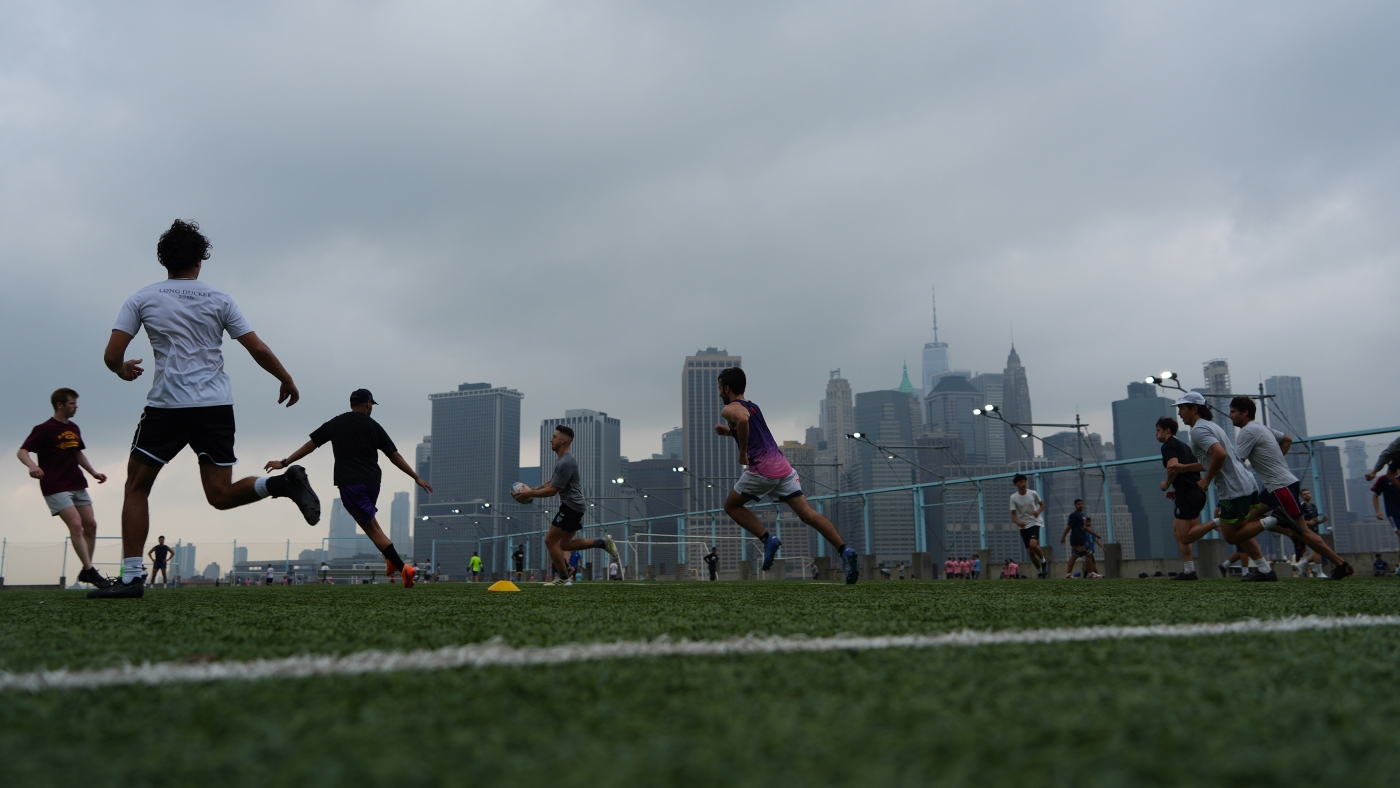Protecting Your Lungs During Wildfire Season: A Practical Guide

Welcome to your ultimate source for breaking news, trending updates, and in-depth stories from around the world. Whether it's politics, technology, entertainment, sports, or lifestyle, we bring you real-time updates that keep you informed and ahead of the curve.
Our team works tirelessly to ensure you never miss a moment. From the latest developments in global events to the most talked-about topics on social media, our news platform is designed to deliver accurate and timely information, all in one place.
Stay in the know and join thousands of readers who trust us for reliable, up-to-date content. Explore our expertly curated articles and dive deeper into the stories that matter to you. Visit Best Website now and be part of the conversation. Don't miss out on the headlines that shape our world!
Table of Contents
Protecting Your Lungs During Wildfire Season: A Practical Guide
Wildfires are becoming increasingly frequent and intense, posing a significant threat to public health. The smoke produced by these devastating events contains harmful pollutants that can severely impact lung health, leading to respiratory illnesses and exacerbating existing conditions like asthma and COPD. This guide provides practical steps to protect your lungs during wildfire season.
Understanding the Risks:
Wildfire smoke isn't just smoke. It's a complex mixture of gases and fine particulate matter (PM2.5), microscopic particles that easily penetrate deep into your lungs and bloodstream. Exposure can cause a range of symptoms, from mild irritation (coughing, sneezing, eye irritation) to serious respiratory problems like bronchitis, pneumonia, and even heart attacks. People with pre-existing respiratory conditions are particularly vulnerable.
Protecting Yourself:
Here's a comprehensive strategy for safeguarding your respiratory health during wildfire season:
1. Stay Informed:
- Monitor air quality: Regularly check your local air quality index (AQI) using resources like the Environmental Protection Agency (EPA) website [link to EPA air quality page] or your local weather service. High AQI readings indicate poor air quality.
- Heed warnings: Pay close attention to official warnings and advisories issued by your local authorities. Evacuation orders should always be followed promptly.
2. Reduce Exposure:
- Stay indoors: When air quality is poor, stay inside with windows and doors closed. Use air conditioning if available; if not, consider using a portable air purifier with a HEPA filter.
- Limit strenuous activity: Avoid outdoor exercise or strenuous activities when AQI levels are high. Physical exertion increases your breathing rate, leading to greater inhalation of pollutants.
- Create a clean indoor space: Seal cracks and gaps around windows and doors to prevent smoke infiltration. Use air purifiers with HEPA filters to remove pollutants from the air. Consider a MERV 13 or higher filter for your HVAC system if you have one.
3. Protect Your Respiratory System:
- Wear a high-quality mask: N95 respirators are the most effective at filtering out PM2.5 particles. Ensure the mask fits snugly to your face. Cloth masks offer minimal protection against wildfire smoke.
- Drink plenty of fluids: Staying hydrated helps thin mucus and makes it easier to clear your lungs.
- Avoid irritants: Refrain from smoking, using harsh cleaning products, and other activities that can irritate your lungs.
4. Seek Medical Attention:
- Recognize symptoms: If you experience persistent coughing, shortness of breath, wheezing, chest pain, or other respiratory problems, seek medical attention immediately.
- Manage existing conditions: Individuals with asthma, COPD, or other respiratory illnesses should closely monitor their symptoms and follow their doctor's advice. Have your medication readily available.
Preparing for Wildfire Season:
Preparing in advance can significantly reduce your risk. Develop a family emergency plan, including evacuation routes and communication strategies. Stock up on essential supplies, including N95 masks, bottled water, and non-perishable foods. Regularly check your smoke detectors and carbon monoxide detectors.
Conclusion:
Protecting your lungs during wildfire season requires proactive measures and a keen awareness of air quality conditions. By following these guidelines, you can significantly reduce your risk of respiratory problems and ensure your safety and well-being. Remember, prevention is key! Stay informed, stay safe, and protect your lungs.

Thank you for visiting our website, your trusted source for the latest updates and in-depth coverage on Protecting Your Lungs During Wildfire Season: A Practical Guide. We're committed to keeping you informed with timely and accurate information to meet your curiosity and needs.
If you have any questions, suggestions, or feedback, we'd love to hear from you. Your insights are valuable to us and help us improve to serve you better. Feel free to reach out through our contact page.
Don't forget to bookmark our website and check back regularly for the latest headlines and trending topics. See you next time, and thank you for being part of our growing community!
Featured Posts
-
 Aftershocks Win Tbt 2025 Championship Recap Of Eberlein Drive Showdown
Aug 06, 2025
Aftershocks Win Tbt 2025 Championship Recap Of Eberlein Drive Showdown
Aug 06, 2025 -
 Mls Transfer News Lafc Reportedly Agrees To Terms With Tottenham Legends Son
Aug 06, 2025
Mls Transfer News Lafc Reportedly Agrees To Terms With Tottenham Legends Son
Aug 06, 2025 -
 901 Million Boost Va Lotterys Impact On K 12 Schools
Aug 06, 2025
901 Million Boost Va Lotterys Impact On K 12 Schools
Aug 06, 2025 -
 2025 Tbt Championship A Complete Recap Of Aftershocks Victory
Aug 06, 2025
2025 Tbt Championship A Complete Recap Of Aftershocks Victory
Aug 06, 2025 -
 Virginia Lotterys 901 Million Contribution To K 12 Funding
Aug 06, 2025
Virginia Lotterys 901 Million Contribution To K 12 Funding
Aug 06, 2025
Latest Posts
-
 Raiders Deal Rock Ya Sin Eagles Get Cornerback In Exchange For Defensive Tackle
Aug 07, 2025
Raiders Deal Rock Ya Sin Eagles Get Cornerback In Exchange For Defensive Tackle
Aug 07, 2025 -
 Fox 5 Exclusive Sheff G Opens Up In Candid Interview
Aug 07, 2025
Fox 5 Exclusive Sheff G Opens Up In Candid Interview
Aug 07, 2025 -
 Eagles Acquire Rock Ya Sin In Trade With Las Vegas Raiders
Aug 07, 2025
Eagles Acquire Rock Ya Sin In Trade With Las Vegas Raiders
Aug 07, 2025 -
 Israeli Media Netanyahu To Propose Complete Gaza Reoccupation
Aug 07, 2025
Israeli Media Netanyahu To Propose Complete Gaza Reoccupation
Aug 07, 2025 -
 Wnba Fan Faces Multiple Charges After Alleged Sex Toy Toss
Aug 07, 2025
Wnba Fan Faces Multiple Charges After Alleged Sex Toy Toss
Aug 07, 2025
